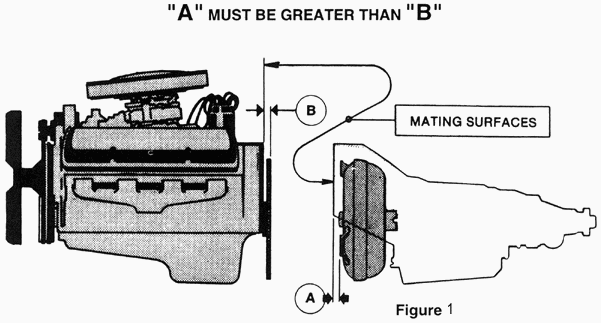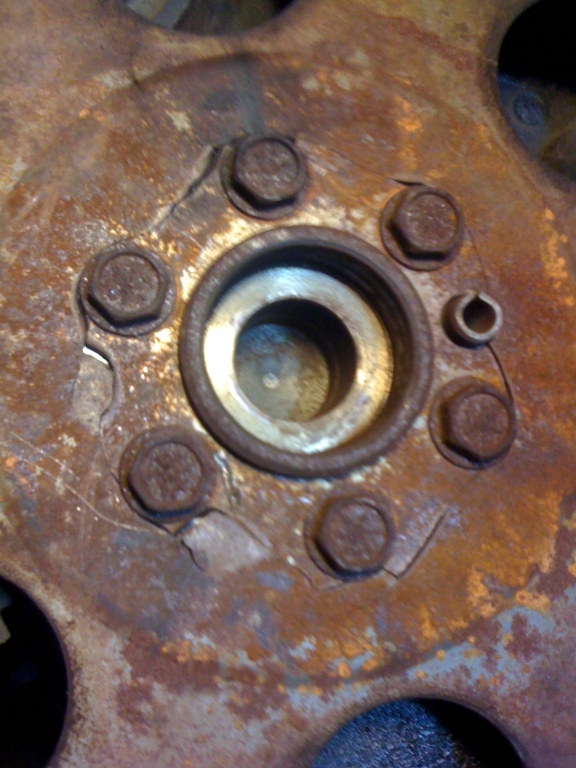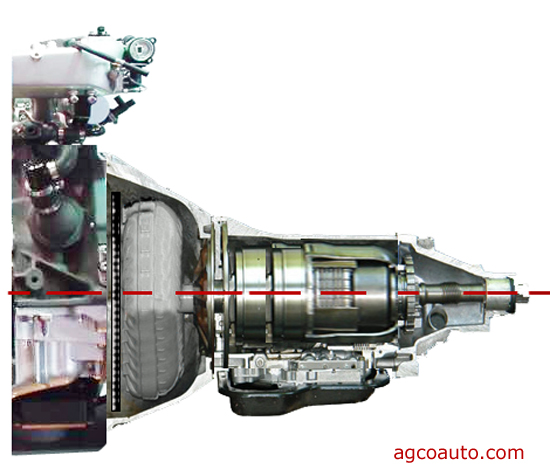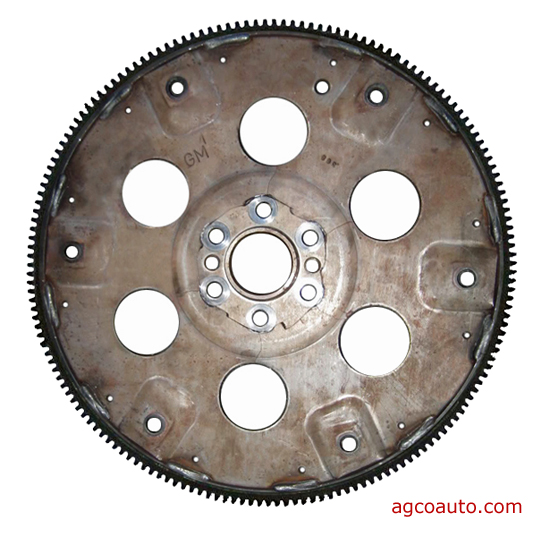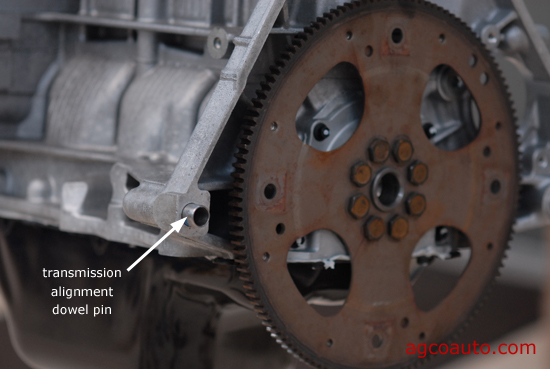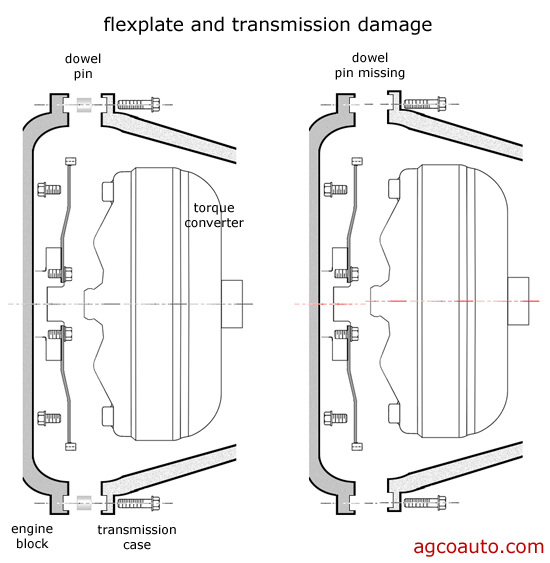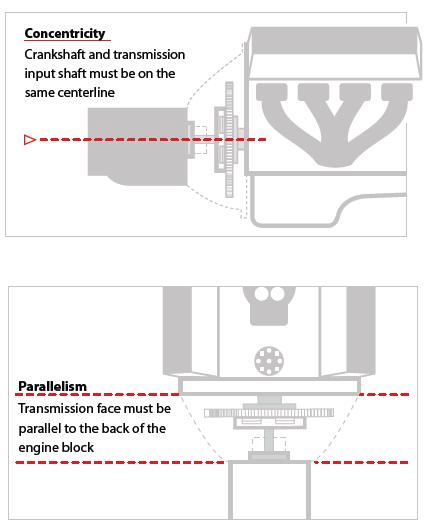george88gta
Active Member
OK, was having some problems with an unusual noise in the drive train. A new GM flexplate and the new converter were installed when I installed the rebuilt 700-r4. The noise started right away after the install. Turns out that the stock flexplate ( sbc 1 piece rear main seal) was hitting the ring on the torque converter ( TCI 243107). There are 6 raised portions on the flexplate, 3 have the bolt holes and three are solid, no holes. There are wear marks on the ring where the flexplate was rubbing/vibrating. According to TCI, the flexplate should not touch the converter anyplace except where the bolts attach the flexplate to the converter. Their suggestion was to space out the flexplate, no more than 1/8". I checked the flexplate and it has one hole at 7/16" and two holes at 1/2". Doesnt seem right so I ordered a new flexplate. New one showed up today and it has one hole at 3/8" and two holes at 1/2". Spoke to Summit ( place of purchase) and they said return it and we worked for a while trying to find a flexplate with 7/16" holes for the converter bolts, no luck. Checked TCI website and they state their flexplates have 3/8" holes and can easily be drilled out to 7/16". Go figure? B&M also has 3/8" holes. Not thrilled about dropping close to $100 on a flexplate and drilling holes. So what I think would work is to drill out the 7/16" hole on the existing flexplate so that all three holes are the same diameter. That way I can bias the flexplate against the bolts before torquing. When you think about it, the engine only turns in one direction, so if I push the flexplate against the bolts, in the direction of rotation, the flexplate should remain in position. I also want to install some shims to get the flexplate away from the ring on the converter. What do you guys think, will this work?

